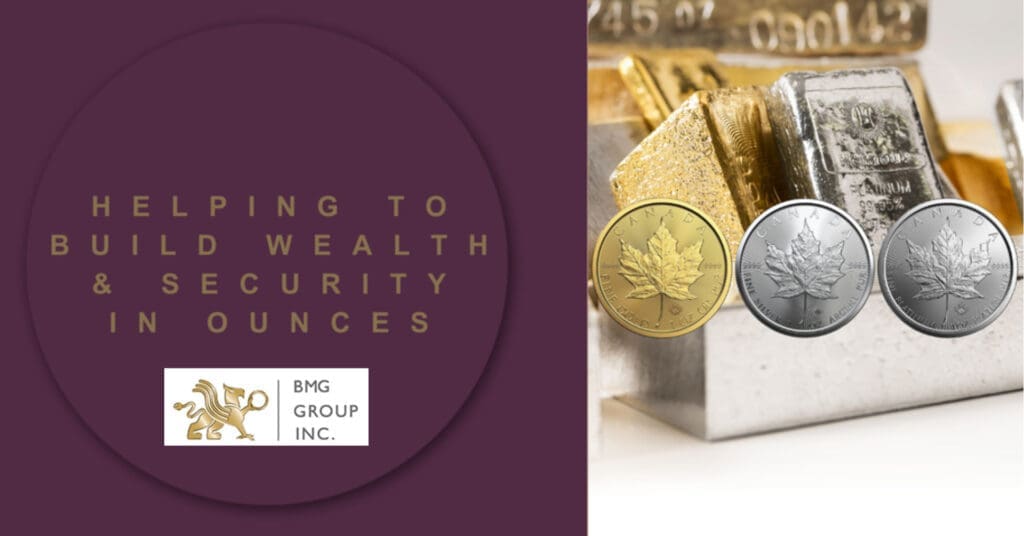An Introduction
It’s realistic to expect that silver will eventually escalate dramatically in price given its under-valuation relative to its average historical relationship with gold but the question is: “By how much?” This article applies the historical gold:silver ratios to come up with a range of prices based on specific price levels for gold being reached.
What Is the Gold to Silver Ratio?
The gold-silver ratio describes the number of troy ounces of silver it takes to equal the value of one troy ounce of gold. Currently (as of 12:23PM, September 8th), the market price of a troy ounce of gold is $2,509.25 US and the price for a troy ounce of silver is $28.13 US and, as such, the gold-silver ratio is 89.2 to 1.
- For the whole of the 20th century, the average gold-silver ratio was 47:1.
- Since the gold standard was abandoned in the 1970s the average gold-silver ratio has been around 65:1.
- In just the 21st century, the ratio has mainly ranged between 50:1 and 70:1, breaking above that point in 2018 with a peak of 104.98:1 in 2020. The lowest level for the ratio was 35:1 in 2011.
Can You Invest In the Gold to Silver Ratio?
Yes. The practice of trading the gold-silver ratio is common among investors in gold and silver. The usual method of trading the ratio is hedging a long position in one metal with a short position in the other. As long as the gold-silver ratio moves in the direction an investor anticipates, the strategy is profitable regardless of whether gold and silver prices generally are rising or falling.
Applying Various Gold:Silver Ratios to the Current Gold Price
Let’s now look at the various price levels for gold and gold:silver ratios of 50:1; 60:1; 65:1; and 70:1 and see what conclusions we can draw.
First, let’s use the current price for gold and apply the gold:silver ratios mentioned above, in approximate terms, and see what they do for the potential price of, silver.
- Gold @ $2,500 using the 50:1 ratio puts silver at $50.00
- Gold @ $2,500 using the 60:1 ratio puts silver at $41.67
- Gold @ $2,500 using the 65:1 ratio puts silver at $38.46
- Gold @ $2,500 using the 70:1 ratio puts silver at $35.71
- Gold @ $2,500 using a 80:1 ratio puts silver at $31.25
- Gold @ $2,500 using the 90:1 ratio puts silver at $27.78
- Currently, with gold at $2,509 and silver is $28.13, the gold-silver ratio is 89.2 to 1.
Now let’s apply the projected potential parabolic peaks of $3,000, $5,000 and $10,000 to the various gold:silver ratios and see what they suggest is the parabolic top for silver.
Silver’s Potential Price Range With Gold At $3,000
- Gold @ $3,000 using the ratio of 50:1 puts silver at $60.00
- Gold @ $3,000 using the ratio of 60:1 puts silver at $50.00
- Gold @ $3,000 using the 65:1 ratio puts silver at $46.15
- Gold @ $3,000 using the ratio of 70:1 puts silver at $42.86
Silver’s Potential Price Range With Gold At $5,000
- Gold @ $5,000 using the ratio of 50:1 puts silver at $100.00
- Gold @ $5,000 using the ratio of 60:1 puts silver at $83.33
- Gold @ $5,000 using the 65:1 ratio puts silver at $76.92
- Gold @ $5,000 using the ratio of 70:1 puts silver at $71.43
Silver’s Potential Price Range With Gold at $10,000
- Gold @ $10,000 using the gold:silver ratio of 50.1 puts silver at $200.00
- Gold @ $10,000 using the ratio of 60:1 puts silver at $166.67
- Gold @ $10,000 using the 65:1 ratio puts silver at $153.85
- Gold @ $10,000 using the ratio of 70:1 puts silver at $142.86
Conclusion
From the above analyses it would appear that any way we look at it, physical silver is currently undervalued compared to gold bullion and is in position to generate substantially greater returns than investing in gold bullion.

















